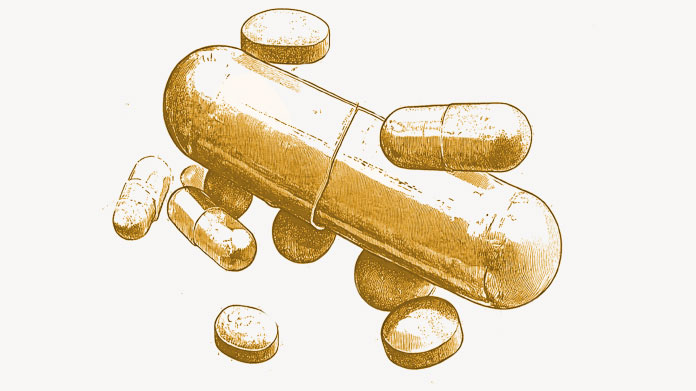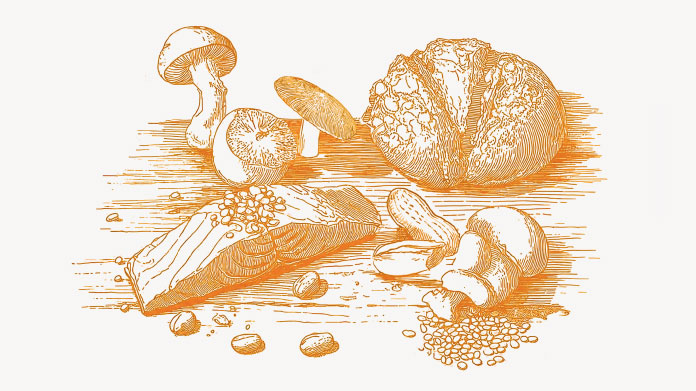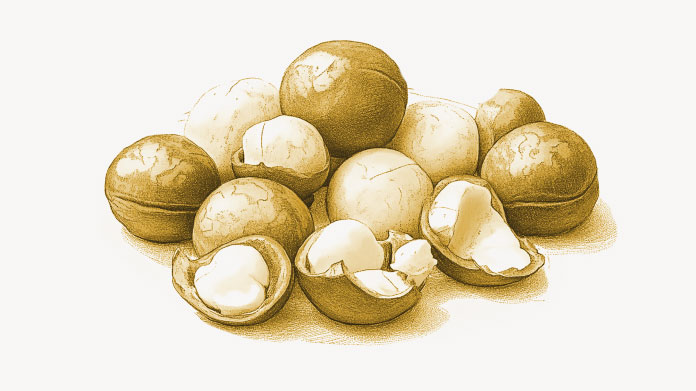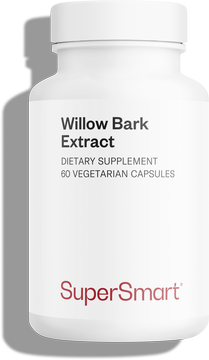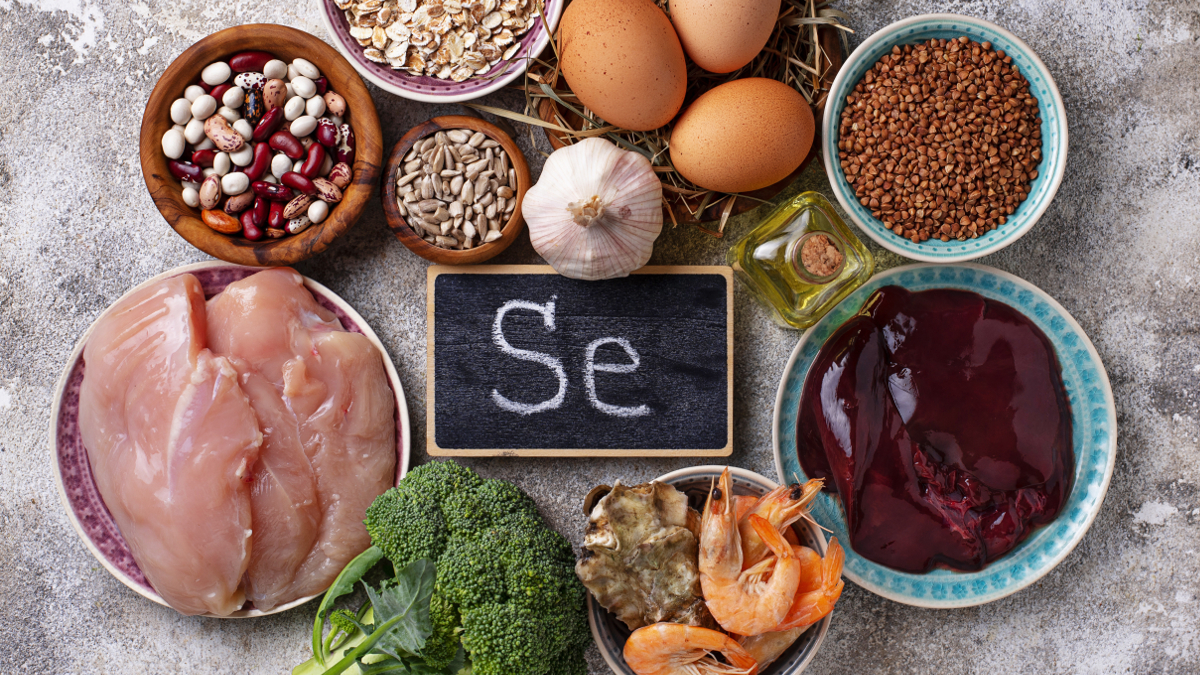
A highly specific metalloid trace element
Selenium is a chemical element with the symbol Se, discovered by Swedish chemists in the 19th century. It is closely related to tellurium, a compound named after Tellus, the Roman goddess of the earth. Similarly, the name selenium is taken from Selene, the Roman goddess of the moon.
Light-sensitive, selenium has been used for many years to produce the photoelectric light meters in cameras and is still used for making photovoltaic or solar cells. In dermatology, selenium sulphide is used as anantifungal, etc. In short, it’s a remarkable metalloid with multiple properties.
It took several years of research before it was discovered that selenium was naturally present in soil everywhere in the world to a greater or lesser degree. This is how it finds its way into our diet: it is first taken up by plants and then by the animals that eat them.
An antioxidant, pro-immunity mineral, good for the hair and nails ...
Which is obviously a good thing, given that it’s essential for normal physiological function.
In fact, it is a precursor of certain enzymes the key function of which is to scavenge free radicals. As such, selenium plays an important role in promoting the longevity of our cells, which is why it’s considered to be one of the most powerful antioxidants you can consume. (1-2).
According to the European Food Safety Authority, selenium helps to:
- ensure normal immune system function;
- protect cells from oxidative stress ;
- ensure normal thyroid function;
- maintain healthy hair and nails ;
- ensure normal sperm production (3).
Which foods are high in selenium?
The best source is seafood: monkfish, oysters, mackerel, tuna, sardines, mussels, scallops, and lobster are all high in selenium.
It is also found in meat, offal and eggs, as well as in oilseeds and nuts such as macadamia nuts, hazelnuts and almonds.
However, the precise levels of selenium in each of these foods is usually impossible to predict. Knowing exactly how much selenium is provided by a particular foodstuff requires detailed analysis. Indeed, the amount of selenium present in food depends on its level in the soil and distribution of selenium is uneven.
Daily intake and selenium supplements
The recommended daily intake of selenium is normally around 200 mcg.
We’d therefore recommend the supplement L-Selenomethionine which provides exactly this amount each day.
Note: selenium supplements should not, however, be taken continuously or at excessive doses.
References
- Selenium and human health, Prof Margaret P, Rayman DPhil, The Lancet, Volume 379, Issue 9822, 31 March–6 April 2012, Pages 1256-1268
- https://efsa.onlinelibrary.wiley.com/doi/epdf/10.2903/j.efsa.2009.1220
- The role of selenium in thyroid hormone metabolism, John R. Arthur, Revue canadienne de physiologie et pharmacologie, 1991, 69(11): 1648-1652, https://doi.org/10.1139/y91-243
2 Days
The products I use are excel·lent
The products I use are excel·lent
ROSAS Josep Maria
10 Days
Delivery is prompt and I never saw a…
Delivery is prompt and I never saw a quality problem with the manufacturing. It is not possible to assess efficacy on a personal basis, since too many factors come into play. Efficacy can only be assessed statistically with a sufficient number of cases.
Roger De Backer
11 Days
I collaborates with the Supersmart…
I collaborates with the Supersmart more than 10 years. Every thing is going good. Quality of the things is good. Delivery comes in time. Five stars definitely !!!
Oleksiy
11 Days
All good
Simple, frictionless site, easy ordering, good delivery updates and execution.
Chris Robbins
13 Days
I feel better
I feel better
Peter Ammann
13 Days
Prompt delivery
Prompt delivery
JAKUB Radisch
14 Days
My new go-to for top quality supplements!
I am buying more and more of my supplements from this superb, high quality company. Cannot recommend it enough. Plus, excellent customer service with a quick, helpful team and speedy deliveries. Highly recommend Supersmart!
Cecilie H.
18 Days
SUPERSMART WHAT ELSE👍
SUPERSMART WHAT ELSE👍
DIEDERLE Christophe
21 Days
Excellent quality products with…
Excellent quality products with innovative formulas, as someone who has been suffering with acid reflux, these supplements have been lifesavers.
Oriana Moniz
21 Days
high quality supplement!
high quality supplement!
GALANT
22 Days
Good service prompt delivery
Good service prompt delivery
Mrs Marcella Reeves
26 Days
I like your clear explanation
I like your clear explanation. And how to make a choice of products for a specific health problem
Ingrid
33 Days
Great product and it arrives quickly.
Great product and it arrives quickly.
SOMMARIVA Gianni
34 Days
Excellent products and fast service.
Excellent products and fast service. What do we need more?
Margarida
38 Days
The variety of products is amazing
The variety of products is amazing, the offers are good and the sending is very fast. I just miss having a bit more of guidance about combinations, possible interactions, etc.
Maria Angeles Verdu

